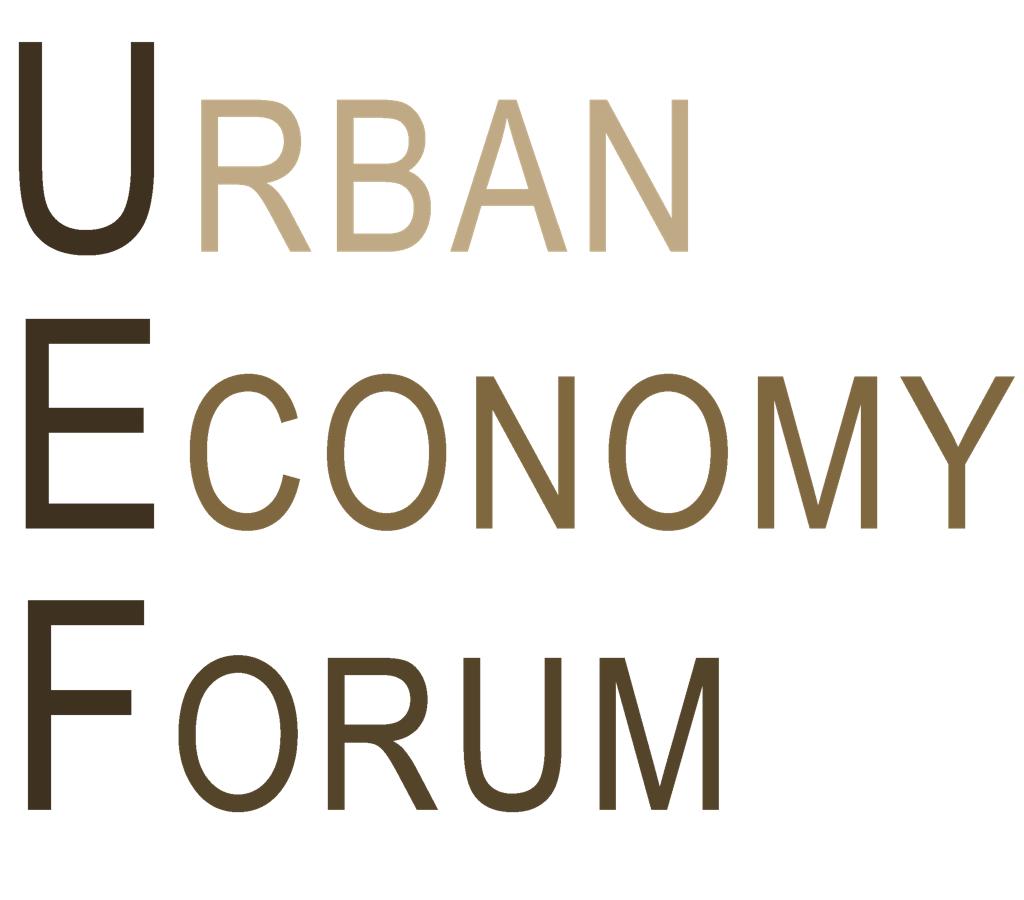Maria B. Rasmussen has worked 15 years in the banking sector in Denmark - for the past 8 years in Arbejdernes Landsbank, where she takes lead in the development and implementation of the corporate sustainability strategy across core business areas and functions.
Banks and financial institutions are in general in a unique position to not only contribute but also drive the transition to a more sustainable economy. As banks are investing and allocating capital across multiple sectors, they can direct funds into organisations that benefit society and the environment as well as influence corporate and personal customers to make sustainable change. Arbejdernes Landsbank is a value-based bank owned by Danish Unions and building upon more than 100 years of responsible banking. It is among the largest banks operating in Denmark – having more than 330,000 customers and 70 branches all over Denmark. In 2021, Arbejdernes Landsbank acquired the local Danish bank Vestjysk Bank adding approximately 200,000 customers and 34 branches to the group. As a result of the acquisition, Arbejdernes Landsbank is today a Systemically Important Bank in Denmark.
Maria B. Rasmussen is the primary driver for making sustainability among the top priorities concerning the future development of the bank, and in 2021 Arbejdernes Landsbank signed the UN Principles for Responsible Banking, UN Principles for Responsible Investments and UN Global Compact. Moreover, she has motivated the setup of Arbejdernes Landsbank’s Sustainable Committee anchored in top management, and today she is Secretary for this Committee. Arbejdernes Landsbank is fully committed to increasing awareness and action for sustainable progress. We believe sustainability is at the core of creating lasting value for our customers, owners and other stakeholders, while at the same time contributing to solving critical issues in society.
Together with an internal team Maria B. Rasmussen focuses on the further development of approaches for measuring and analysing the bank’s ESG-impact, including climate impact. This will not only create more transparency about the bank and our baseline, but will also allow us to set specific targets and systematically decrease our negative impacts and increase our positive impacts.

